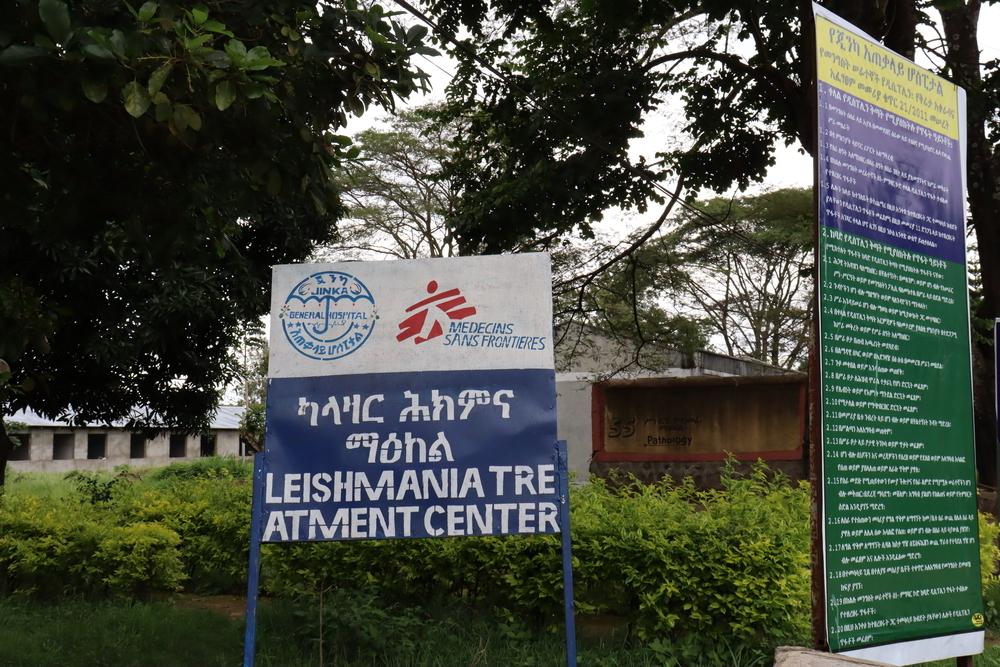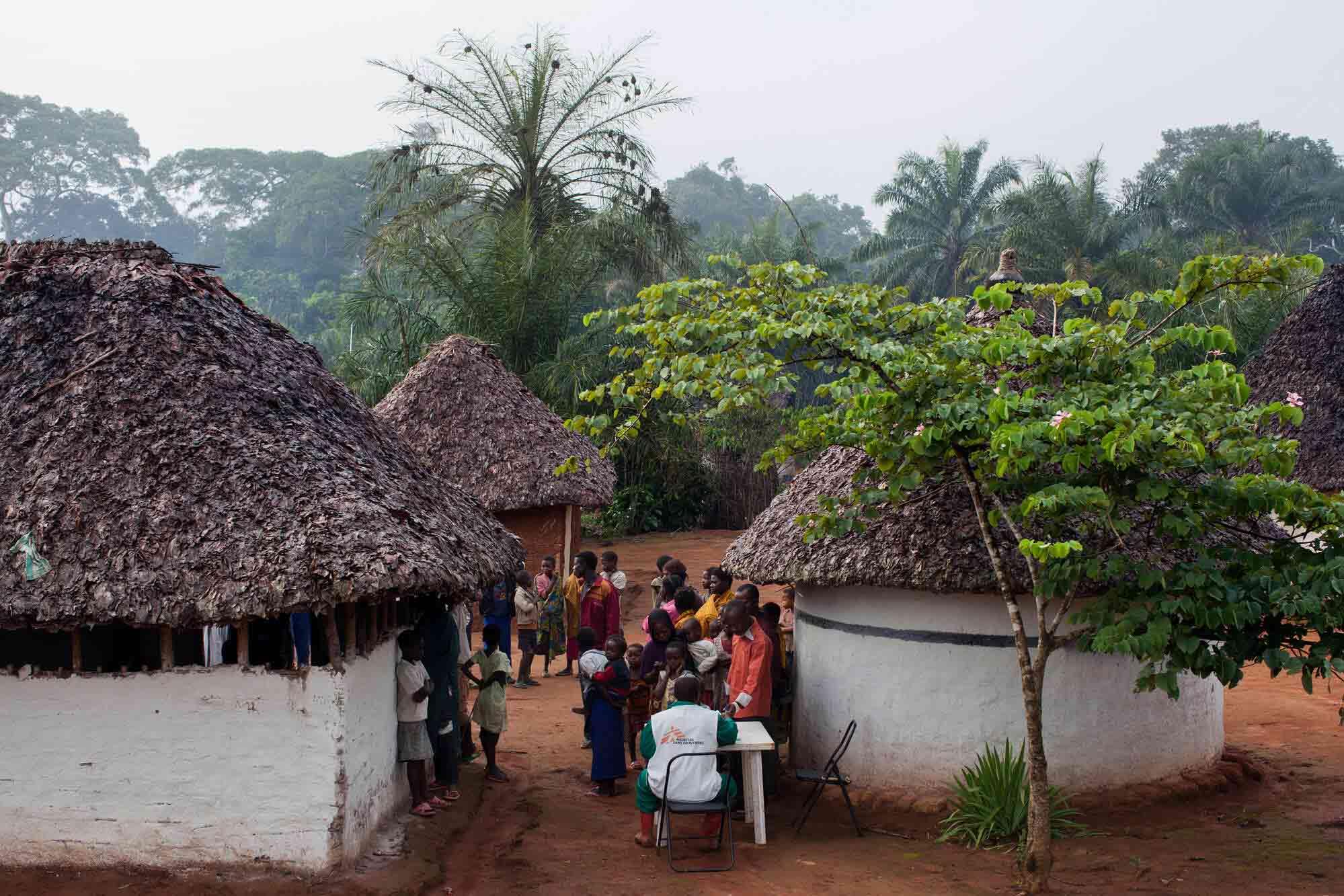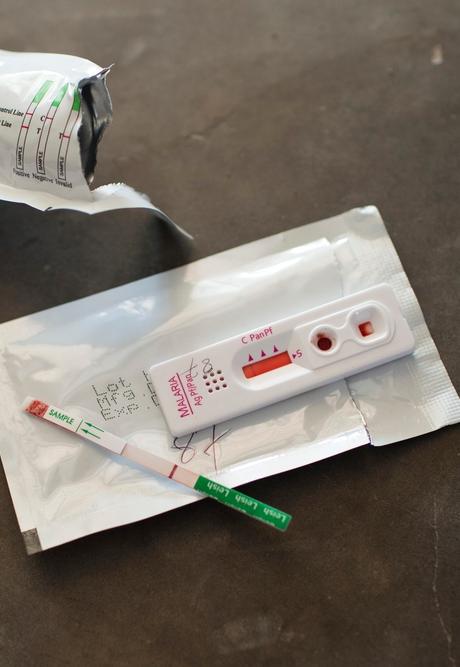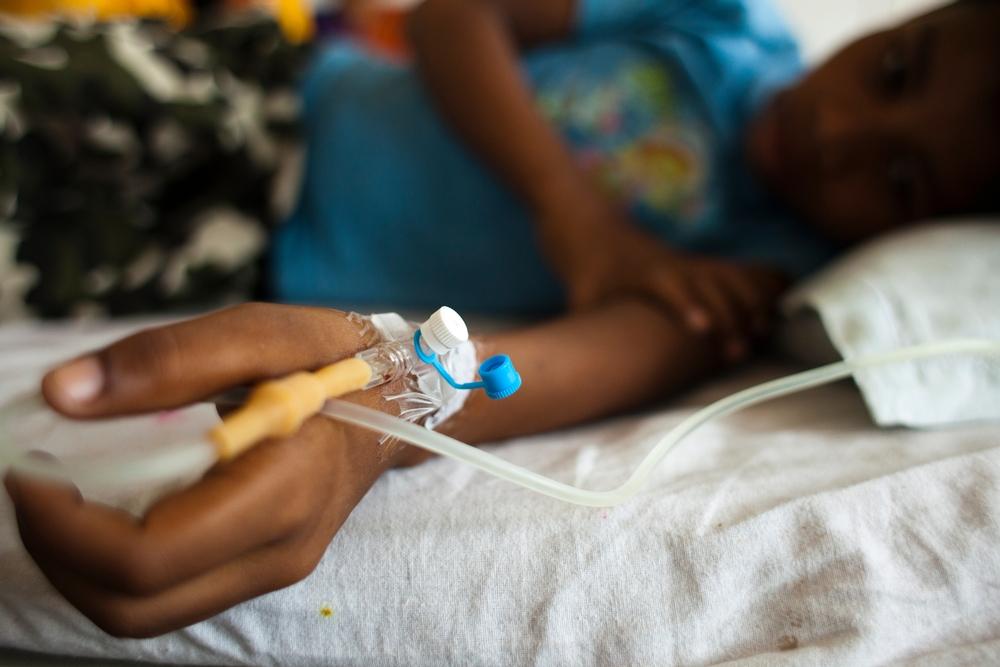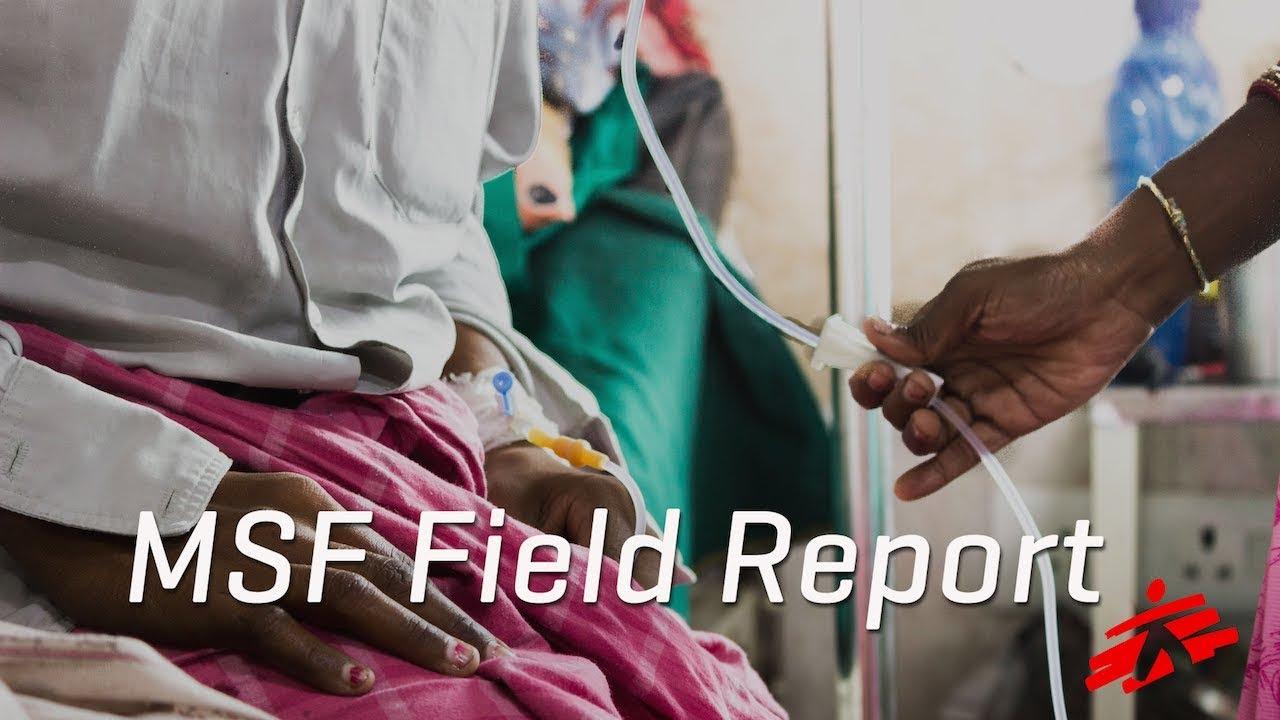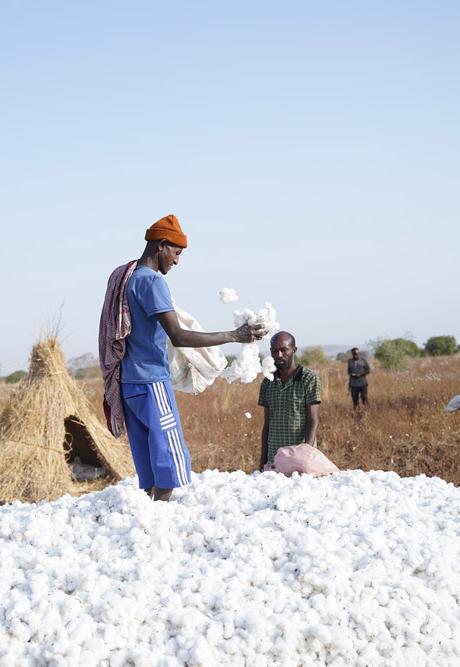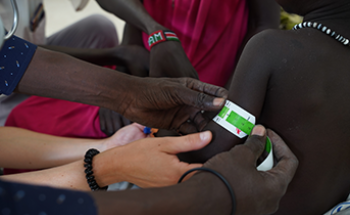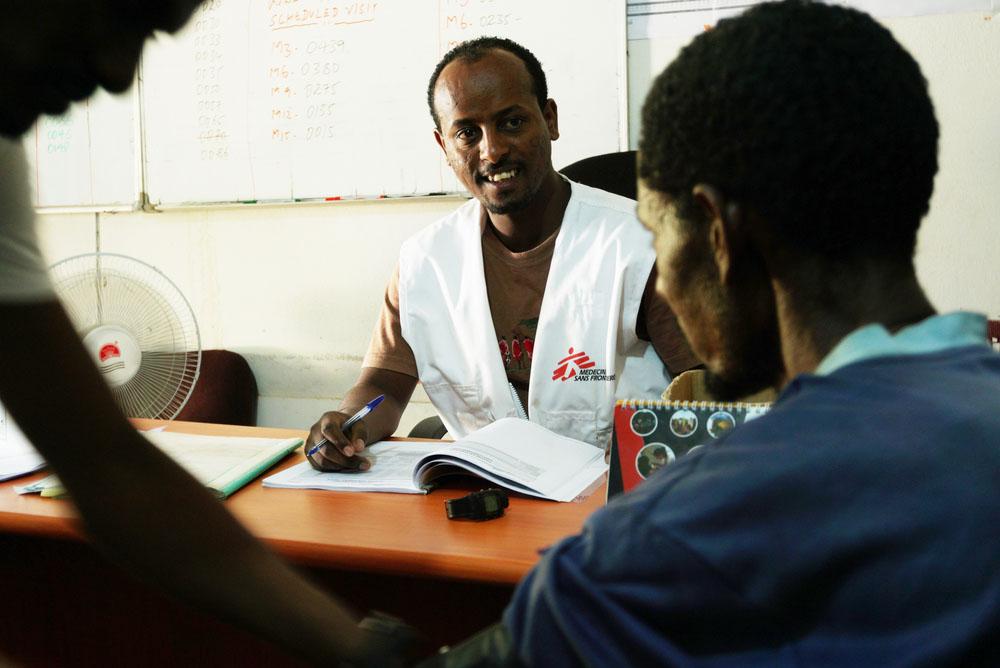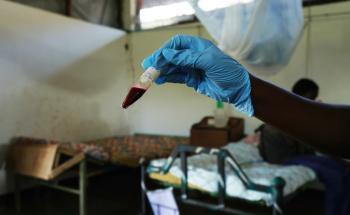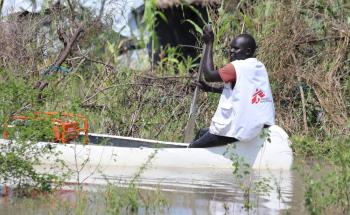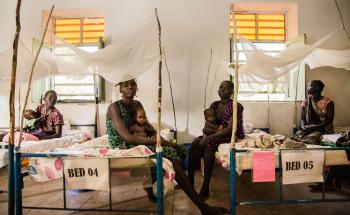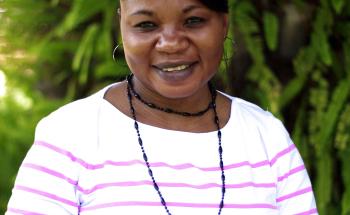
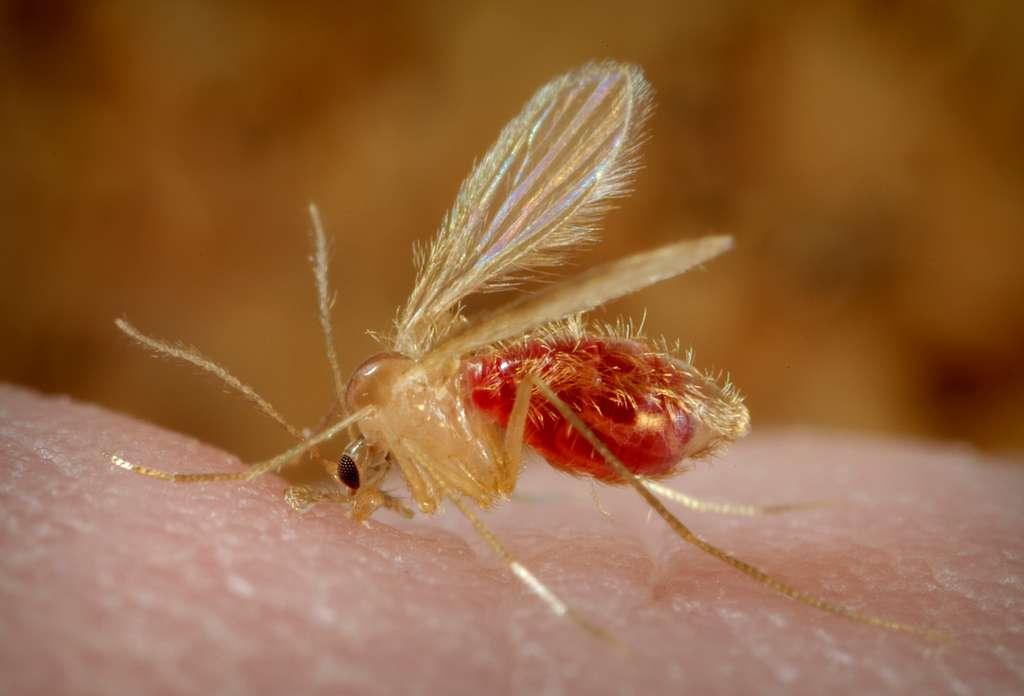
Kala azar is caused by bites from female phlebotomine sandflies – the vector (or transmitter) of the leishmania parasite.
The sandflies feed on animals and humans for blood, which they need for developing their eggs.
If blood containing leishmania parasites is drawn from an animal or human, the next person to receive a bite will then become infected and develop leishmaniasis.
Months after this initial infection, the disease can progress into a more severe form, called visceral leishmaniasis or, kala azar.
Kala azar presents after two to eight months, with more generalised symptoms, including prolonged fever and weakness.
Co-infection of kala azar and HIV is a major challenge, as the diseases influence each other in a vicious spiral as they attack and weaken the immune system.
